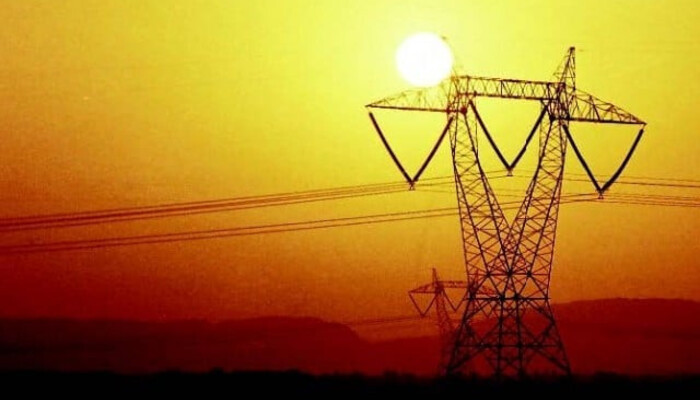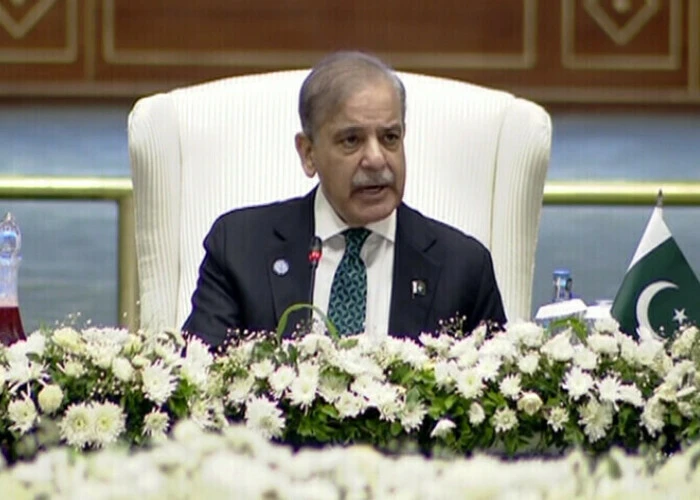
In a major relief for electricity users, the National Electric Power Regulatory Authority (Nepra) has cut the power tariff by Rs4.03 per unit for K-Electric consumers in Karachi and by Rs0.50 per unit for consumers served by other government-run distribution companies (DISCOs).
Monthly Adjustments Bring July Relief
According to a notification issued on Wednesday, these reductions are part of the monthly fuel cost adjustment mechanism. The Rs4.03 cut for K-Electric applies to April 2025, while the Rs0.50 cut for DISCOs relates to May 2025. Consumers will see these reductions reflected in their electricity bills for July.
K-Electric had originally requested a larger reduction of Rs4.69 per unit. Meanwhile, the Central Power Purchasing Agency (CPPA) sought a slight increase of Rs0.10 per unit for DISCOs. Nepra, however, opted to provide relief by approving lower adjustments for both.
Base Tariff Also Lowered
This follows another significant move last week when Nepra reduced the national base power tariff by Rs1.15 per unit. That proposal, aimed at easing the burden of rising utility costs, now awaits federal government approval.
Read: Lucky Cement Clarifies No Binding Deal Yet in PIA Privatization Bid
Revised Rates Across Usage Tiers
The revised domestic tariff structure introduces adjusted rates based on consumption brackets:
-
Lifeline Consumers (0–50 units): Rs3.95/unit
-
51–100 units: Rs7.74/unit
-
Protected (1–100 units): Rs10.54/unit
-
Protected (101–200 units): Rs13.01/unit
-
Non-Protected (1–100 units): Rs22.44/unit
-
101–200 units: Rs28.91/unit
-
201–300 units: Rs33.10/unit
-
301–400 units: Rs37.99/unit
-
401–500 units: Rs40.20/unit
-
501–600 units: Rs41.62/unit
-
601–700 units: Rs42.76/unit
-
Above 700 units: Rs47.69/unit (maximum)
A Welcome Step for Households
With the cost of living continuing to rise, these tariff adjustments offer crucial relief, especially for middle- and low-income households. The changes signal a shift toward more responsive energy pricing in line with fuel costs and consumer needs.
Follow us on Instagram, YouTube, Facebook,, X and TikTok for latest updates












